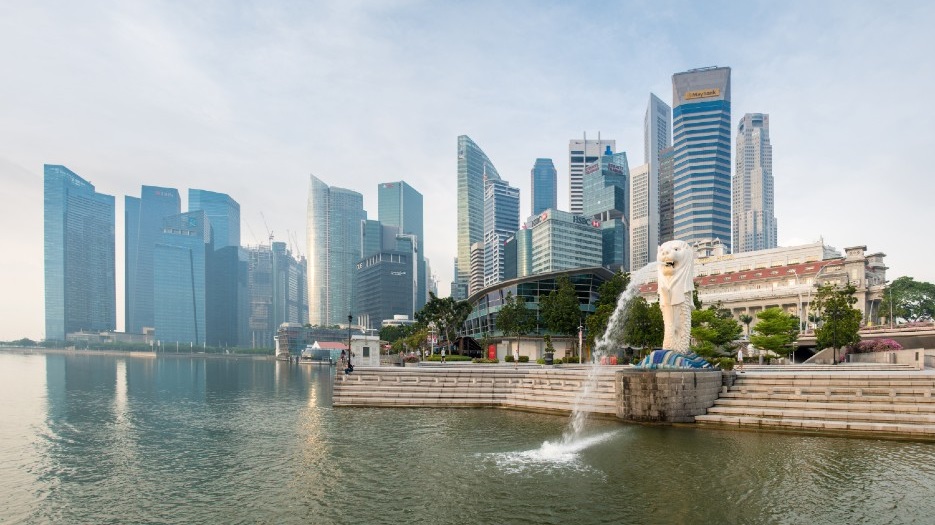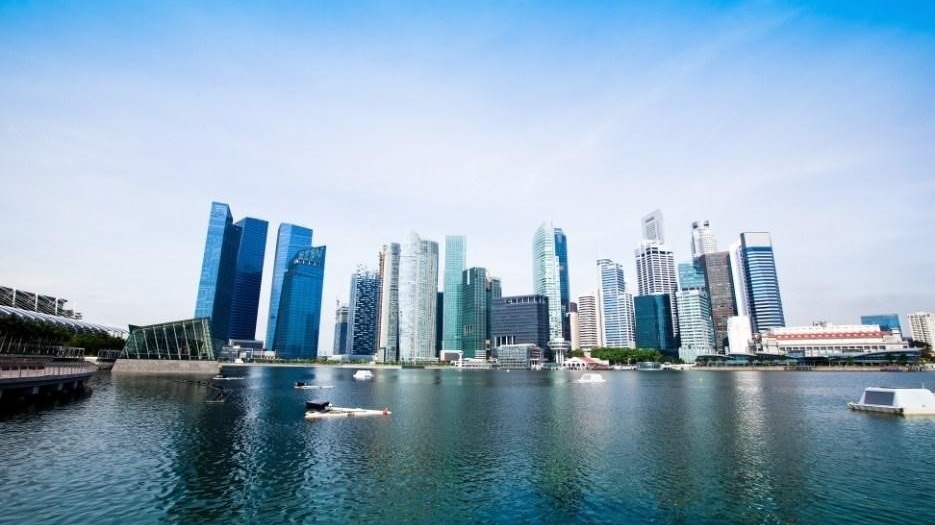How to Find the Right Office Space in Singapore

With low levels of unemployment and corruption, high per capita GDP and pristine AAA credit rating, Singapore is highly regarded as one of the most business-friendly places in eastern Asia. Whether you’re one of the city-state’s many trading and science entrepreneurs, a foreign professional based in Singapore, or a corporation looking to establish an office there, here is a guide to finding suitable office space in Singapore.
Decide why you need an office
Timing is important when it comes to searching for an office rental. Is your headcount steadily growing, or is it inconsistent? Get feedback from your team: would they prefer a physical workspace or a hybrid remote/office arrangement? What percentage of profit are you willing to spend on an office? If your budget isn’t suitable for moving to a central business district (CBD) like Central Area in eastern Singapore, would you be able to accept less convenient commutes?
While workspace in a business centre is certainly comfortable and gives your company a professional image, making the move before you’re ready can be costly time-wise and financially..
Choose the best office type
Beyond private and shared workspaces, the main office types in Singapore are traditional offices and flexible workspaces like co-working spaces, serviced offices, and business centres (which usually offer a mix of shared and private offices).
Choosing the appropriate office type will depend on factors like company size, industry (for instance, the open plan of co-working offices may be more appropriate for a media company than a law firm), and growth trend. However, more and more large corporations are moving branches of their companies into flexible spaces.
Hybrid work arrangements have become more accepted among Singaporean organisations, with many employers allowing staff to stay remote for part of the week. If you’re leaning towards an agile working situation, you can consider serviced offices. Combining the low commitment of co-working space with the privacy of traditional offices, serviced offices offer daily, weekly or monthly rental contracts, compared to the minimum two-year lease term for normal office rentals in Singapore.
Another primary consideration in the process of office leasing is location. Of course, Singapore office spaces in business locations in The City like Raffles Place, Marina Bay, and Orchard have the highest price tag attached to them, while offices outside these districts will be more affordable.
It’s important to balance a convenient location that is accessible for staff and clients with workspace size.
In traditional offices, monthly rent is calculated on a price per square foot per month basis. On the other hand, serviced offices count monthly rent per workspace. This can be ideal for both SMEs and corporations, since you have a clear-cut picture of exactly how much space you’re paying for instead of guessing how much square footage one employee requires.
Office rental costs vary per district depending on building grade (which will be discussed below). Here is an idea of the average rent cost for business districts within Central Area) and non-business districts.
Choosing the right location and size

Another primary consideration in the process of office leasing is location. Of course, Singapore office spaces in business locations in The City like Raffles Place, Marina Bay, and Orchard have the highest price tag attached to them, while offices outside these districts will be more affordable.
It’s important to balance a convenient location that is accessible for staff and clients with workspace size.
In traditional offices, monthly rent is calculated on a price per square foot per month basis. On the other hand, serviced offices count monthly rent per workspace. This can be ideal for both SMEs and corporations, since you have a clear-cut picture of exactly how much space you’re paying for instead of guessing how much square footage one employee requires.
Office rental costs vary per district depending on building grade (which will be discussed below). Here is an idea of the average rent cost for business districts within Central Area) and non-business districts.
|
District |
CBD (Y/N) |
Average rent rate (per sq.ft per month) |
|
Raffles Place (District 1) |
Y |
S$9 |
|
Harbourfront (District 4) |
Y |
S$7.25 |
|
Cityhall, Clarke Quary (District 6) |
Y |
S$9 |
|
Alexandra, Commonwealth, Tiong Bahru, and Queenstown (District 3) |
N |
S$6.00 |
|
Novena, Newton, Thomson (District 11) |
N |
S$6.50 |
|
East Region |
N |
S$4.50 |
Key tip: If your workspace rent is above S$2,500 per month, you don’t have to pay a property agent a commission fee; the landlord takes care of this with one month’s rent.
Consider the services and facilities offered by the building
Once you’ve taken the first step of choosing an office location, you should consider the building itself. Singapore commercial buildings are classified by a grading system: Grade A, Grade B, and Grade C. While this classification is unofficial, it’s a widely accepted method of understanding an office building’s condition and amenities.
Grade A office properties are usually located in top-tier business areas (like Square Mile in London or Central in Hong Kong), are newly developed or refurbished, enjoy great accessibility, and offer state-of-the-art facilities like gyms, restaurants, and fancy lobbies. These properties are marketed to high profile companies.
Grade B commercial buildings are considered average across the board, with moderate to good location, accessibility, and facilities. Grade B offices are generally well-maintained but don’t offer the same premium feel and perks. Some Grade B buildings used to be Grade A but lost status due to deterioration and not updating old facilities.
Grade C offices tend to be simply outfitted and older than 20 years. They don’t have the bells and whistles that attract corporate businesses. In Singapore, these are often office spaces above retail stores, not dedicated office high-rises.
Arrange a viewing
When you have chosen a building that suits your budget and amenity requirements, it’s best to arrange a viewing with a property agent. This way, you’ll be able to get a feel for the office size and condition, and the office management team (if renting from a serviced office provider) which can be hard to see from photos. You’ll also be able to see and ask about factors such as office view, condition of the HVAC, and 24/7 secure access.
Consider the offer
Finally, you’ve received a contract for consideration. While you’ve done your due diligence up to this point, it’s essential to read the fine print and make sure you understand the terms and conditions of the leasing agreement. There may be hidden fees associated with events outside your control in future business operations, such as early termination of the contract if your team suddenly shrinks or outgrows your business centre rental, or variable expenses like janitorial services and repairs.
Also, pay attention to lease duration and possession date – make sure you have enough time to complete renovations before operations continue.
Conclusion
Whether you’re a start-up already in Singapore or opening a satellite office location, it’s important to set yourself up for success by being knowledgeable about the protocols, flexible workspace options, tenancy agreement of renting office space in the island country. Then you’ll be on your way to growing a thriving business in one of Asia’s most vibrant free market economies.





